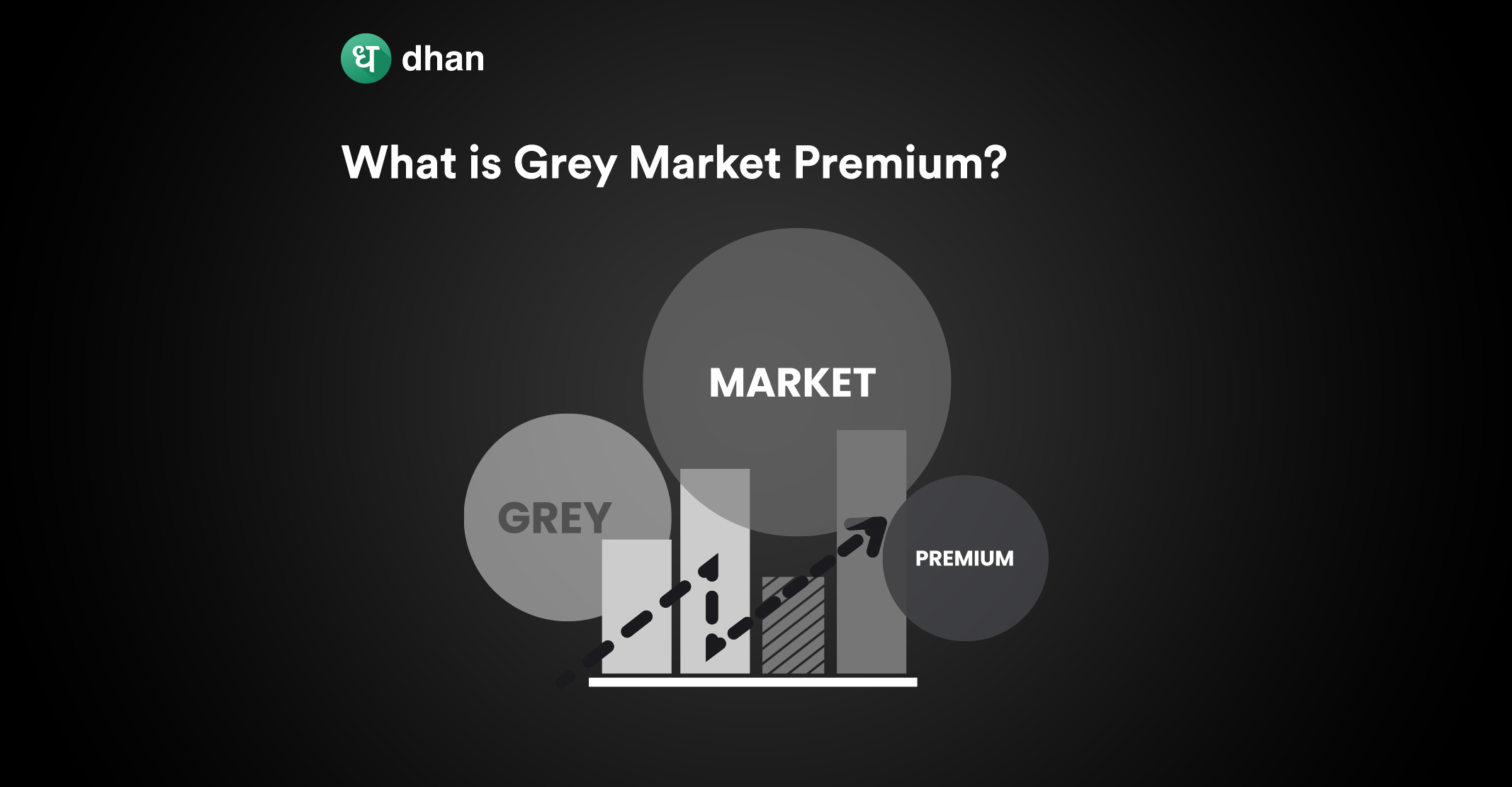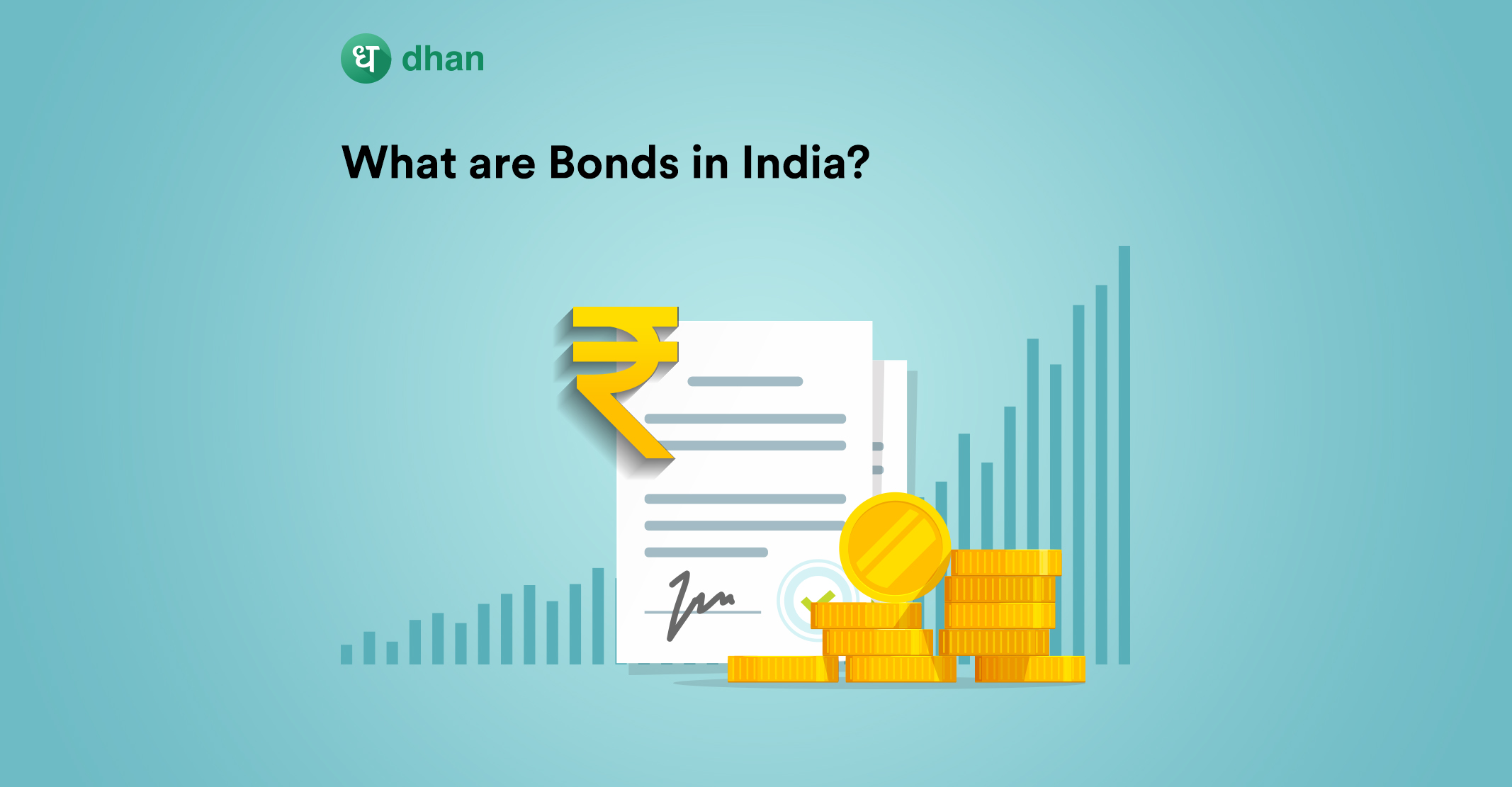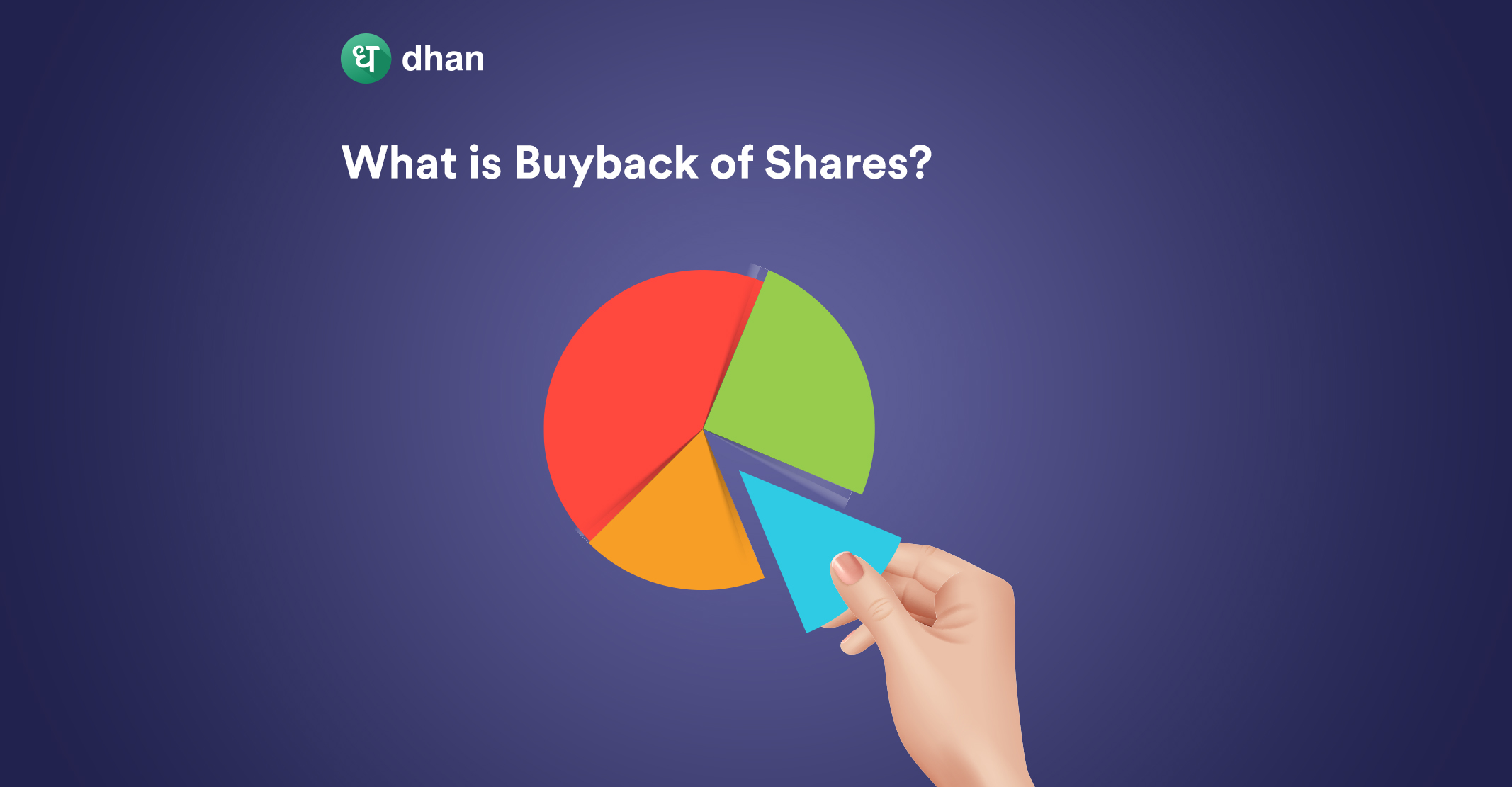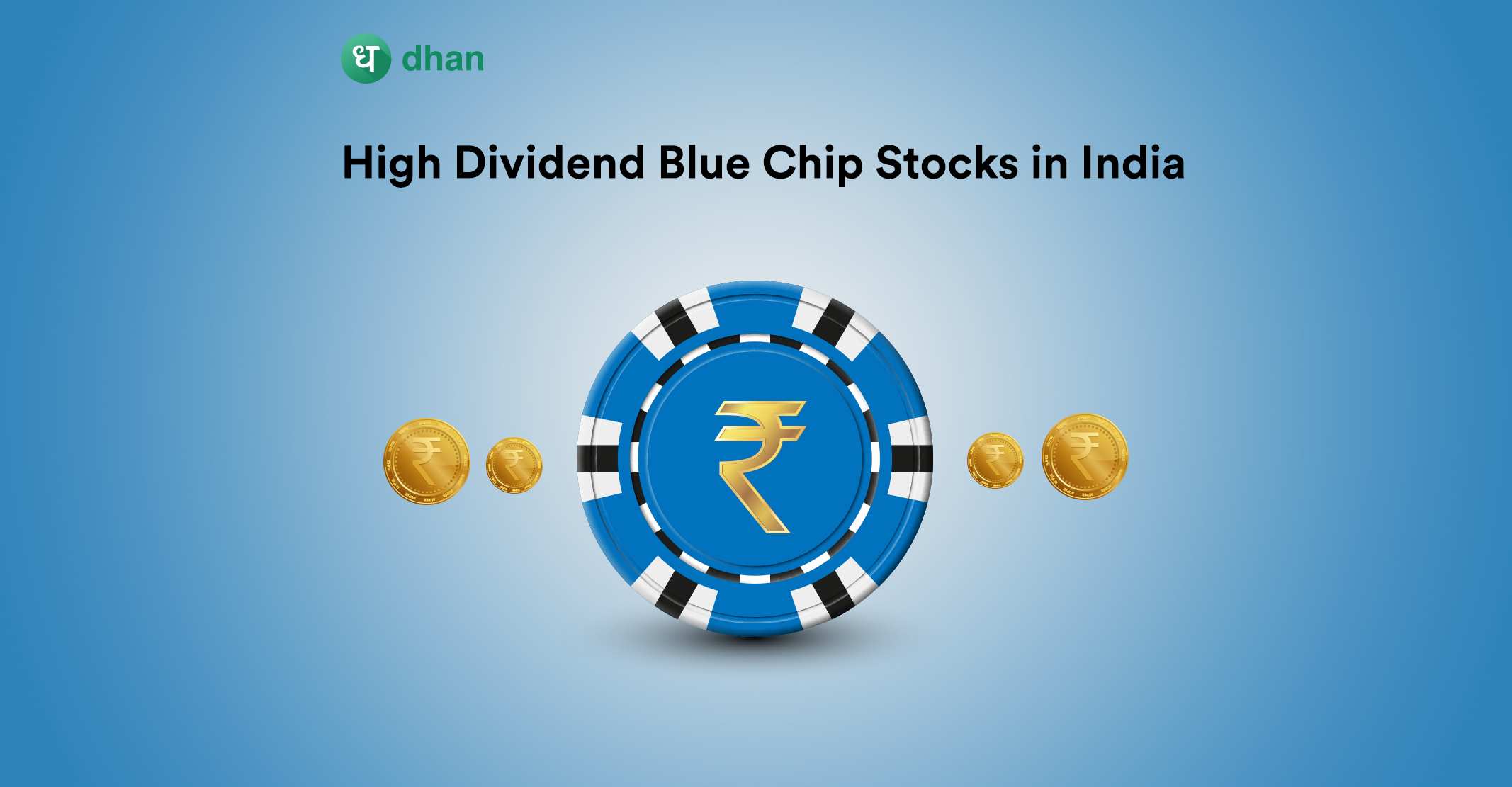When a company plans to go public through a mainboard or SME IPO (Initial Public Offering), there is often a period between its official announcement and listing on the stock exchange. This is when “Grey Market Premium” comes into the picture.
Grey Market Premium of IPO: Definition and Meaning
The Grey Market Premium (GMP) of an IPO is the price that investors are willing to pay to buy or sell IPO shares in the Over-the-Counter market. It can be positive or negative depending on the sentiment in the OTC market.
The OTC market is unregulated and operates outside of the rules set forth by SEBI and RBI. Considering it is unregulated, only a few participants make up the grey market.
That said, the premium those participants are willing to pay is often indicative of what’s to come on listing day. Premium as a term indicates a price paid over and above the regular price.
However, the Grey Market Premium can be positive or negative. In other words, the price at which IPO shares are traded in the grey market can be lower or higher than the issue price, depending on investor sentiment and market expectations.
Example of Grey Market Premium
Suppose Company XYZ issues its IPO with one lakh equity shares available to the public. The cut-off price is fixed at ₹300 per share in the book building process after the bidding closure.
Due to high public interest, the IPO becomes oversubscribed. As a result of this strong demand, the GMP for the IPO is ₹150 over the likely issue price. It means investors in the grey market are ready to pay ₹450 per share. The positive GMP of ₹150 indicates market optimism.
Now suppose the IPO receives subscriptions of 70,000 shares only. For this undersubscribed IPO and investors are willing to pay ₹250. It is a negative GMP of ₹50 which indicates concerns about the IPO’s desirability.
Factors Influencing Grey Market Premium
While the GMP is a product of an unregulated market, it is affected by the same forces that dictate prices in regulated markets. Here are some of them.
1. Demand and Supply Forces
High demand for an IPO may likely imply that the GMP will be on the higher side, making the shares more attractive in the OTC and secondary markets. If the IPO subscription is lower than expected, the GMP may remain lower.
2. Valuation and Market Sentiment
If the market sentiment is that the stock valuation is fair, it can increase the GMP of the IPO. However, “fair” depends on several factors, and sticking to the GMP alone may not be a viable option at all times.
Significance of Grey Market Premium
1. Helps Gauge Investor Sentiment
GMP is a measure of demand dynamics and investor sentiment for the IPO shares before official listing on a formal stock exchange. A high GMP means it is a highly sought-after IPO with positive market sentiment and there is a high potential for price appreciation in the future.
2. Affects IPO Perception
GMP also affects the investors’ perception of the IPO. A high grey market premium of an IPO can develop a favorable image for the company and forge further interest among investors.
3. May Influence Prices
GMP can influence the pricing strategy of upcoming IPOs. Grey market premiums on the higher side may encourage other corporations to issue their IPOs with a higher initial valuation.
What is the Kostak Rate?
If you’ve heard about GMP, it’s likely that you may have come across the term “Kostak Rate”.
The Kostak Rate is the price at which an investor can sell their IPO application in the grey market before the IPO listing or allotment of shares, regardless of whether the applicant receives an allotment of shares.
The Kostak Rate serves as an indicator of an IPO’s demand in the grey market. That said, it is very speculative and thus carries a high degree of risk.
To differentiate GMP and Kostak rate, GMP is simply the premium at which the IPO shares are traded over the counter. On the other hand, Kostak Rate is the rate at which you can sell your IPO application, regardless of stock allotment.
Why Track Grey Market Premium and Kostak Rate
Based on market forces, the Kostak Rate can fluctuate significantly and can be higher or lower than the listing price. Tracking the GMP and Kostak Rate helps investors to gauge investor sentiment and demand for the IPO shares.
You can compare the GMP with the offer price of an upcoming SME IPO or mainboard IPO to get a sense of where it is headed. While considering upcoming IPOs, GMP can help you to decide if it is worth investing in.
Conclusion
During the period between an IPO’s issue closing and being listed on a stock exchange, trading of the IPO shares takes place outside the official stock exchange OTC (unofficially).
This market, or grey market as it is commonly called, is outside of the purview of SEBI. The premium which this grey market’s participants are willing to pay for an IPO’s share is known as the Grey Market Premium.
Trading IPO shares in the grey market is considered speculative and highly risky. Therefore, exercising caution is essential before participating in the grey market.
Keep in mind that the grey market premium of IPO fluctuates and is just indicative. It is not a definite indication of how the IPO share will perform after the official listing.
Like this? Then you’ll love:
- Movies on Stock Market: List of 10 Best Stock Market Movies
- Top 10 Penny Stocks in India for 2023
- Top 15 Best Passive Income Ideas for 2023
- Bonus Shares in India – Most Bonus Giving Shares
FAQs
Q. How does the grey market premium work?
The grey market is an over-the-counter market of participants who are willing to overpay or underpay for an IPO in proportion to its actual price. If they overpay, it’s at a premium over the real price, hence the term grey market premium.
Q. Is grey market IPO illegal?
The grey market is an unofficial marketplace that is not regulated by official bodies such as SEBI. Thus, you must be cautious but it is not illegal.
Q. How is grey market price calculated?
The Grey Market Premium (GMP) is calculated by comparing the IPO price in the primary market with its trading price in the grey market.



